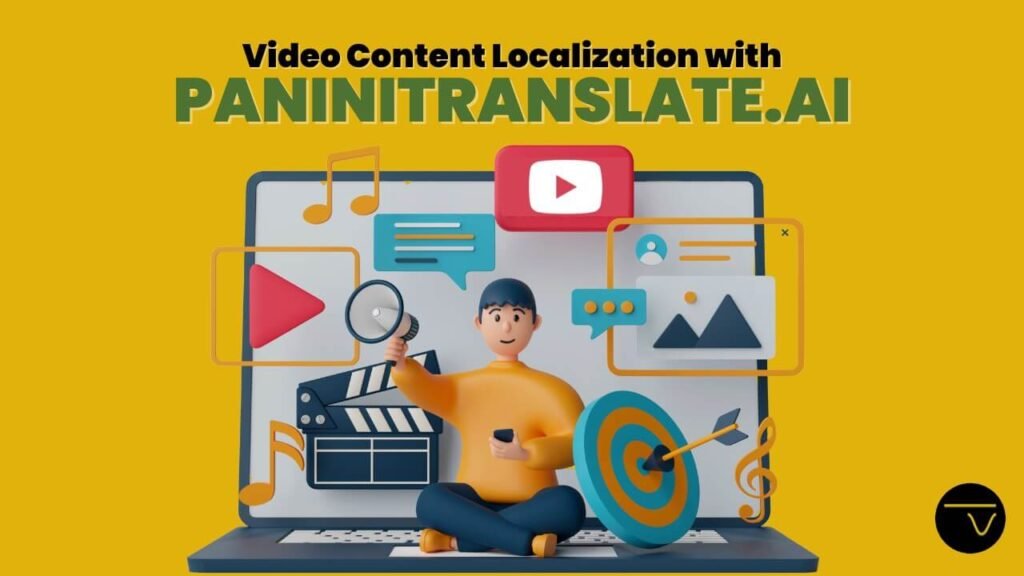In an era characterized by digital globalization, video content localization has emerged as a universal medium for communication. Whether it’s films, TV series, educational content, or marketing campaigns, video’s reach knows no bounds. To connect with diverse audiences around the world, the practice of video content localization has become a vital component of content distribution.
Understanding Video Content Localization
Video content localization is the process of adapting and customizing videos to cater to audiences in different regions or languages. It goes beyond mere translation, encompassing a range of elements such as dubbing, subtitling, cultural adaptation, and even content modification to ensure that the message resonates with the local audience. Here are some key aspects to consider:
- Translation and Subtitling – The most basic form of localization involves translating spoken or written content into the target language and adding subtitles. Subtitling preserves the original audio, making it suitable for those who want to hear the original voices.
- Dubbing – In contrast to subtitling, dubbing involves replacing the original audio with voice overs in the target language. Achieving lip-sync accuracy can be a challenging aspect of this process.
- Cultural Adaptation – Localization extends beyond language to cultural nuances. Certain jokes, references, or symbols that may work in one culture might be irrelevant or even offensive in another. Adapting content to align with cultural sensitivities is crucial.
- Content Modification – In some cases, localization may require modifying the content itself to make it more appealing or relevant to the target audience. This can include changing visual elements, characters, or storylines
Significance of Video Content Localization
- Global Reach – Localization opens the door to a global audience. It allows content creators to reach viewers worldwide, transcending language and cultural barriers.
- Enhanced User Experience – Localized content provides a more immersive and enjoyable experience for the audience. It eliminates the need for viewers to struggle with language barriers, increasing engagement and comprehension.
- Cultural Relevance – Localization ensures that content remains culturally relevant, respecting the values, customs, and sensitivities of the local audience. This relevance is crucial for acceptance and impact.
- Market Expansion – For businesses, localization is a key strategy for expanding into new markets. It enables the adaptation of marketing campaigns, product demos, and customer support materials for a specific region.
Processes and Challenges
The process of video content localization involves a series of steps, including script adaptation, translation, casting for dubbing, recording, and quality control. The challenges that come with localization include maintaining lip-sync accuracy, selecting appropriate voices, handling technical constraints, and managing budgets for large-scale projects.
The Future of Video Content Localization
As technology continues to advance, so do the tools and techniques used in video content localization. AI-driven solutions are emerging, making the process faster, more cost-effective, and efficient. They can automate subtitling, dubbing, and even assist in cultural adaptation.
Video content localization with Panini Translate AI App is not merely about translating words; it’s about transcending boundaries to create a connection with diverse audiences. It’s a blend of art and science, encompassing language, culture, and technology. As the world becomes increasingly interconnected, video content localization is set to play an even more prominent role in ensuring that messages are heard, understood, and embraced by people from every corner of the globe. Whether you’re a filmmaker, educator, or marketer, embracing localization can open new horizons and enrich the lives of those who consume your content.
